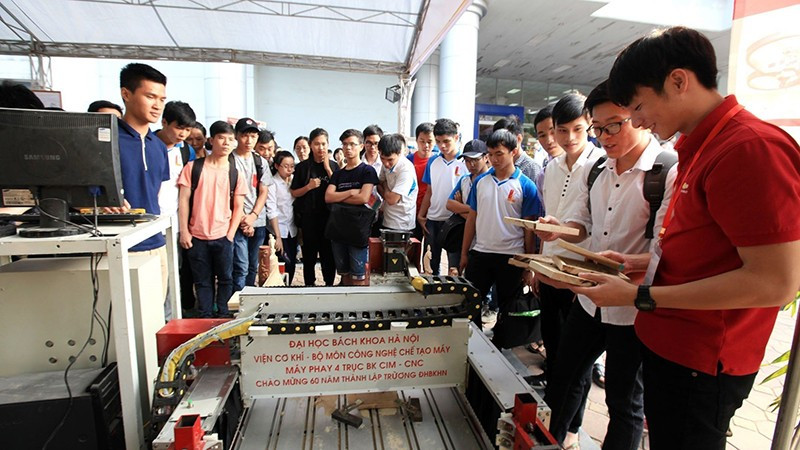
The "barriers"
In order to meet the demand for intellectual property protection, in recent times, the National Office of Intellectual Property has made efforts to implement many drastic solutions to shorten the time for processing applications and minimize backlogs, helping businesses and units to be proactive in using and exploiting protected industrial property objects, including inventions, in their production and business activities.
However, protecting intellectual property rights and promoting scientific application in Vietnam still face many challenges that need to be resolved such as: legal barriers, administrative procedures, hidden costs and awareness issues...
According to Associate Professor, Dr. Nguyen Minh Tan, Director of the Institute for Research and Development of Natural Compounds Applications, the intellectual property system creates incentives for innovation by allowing scientists exclusive rights to exploit inventions for 15-20 years.
After establishing intellectual property rights, scientists have additional tools to commercialize their research results in the form of selling patents, licensing contracts or industrial property use contracts, or establishing businesses...
However, according to statistics from the Intellectual Property Office, in 2023, 63% of patent applications were rejected due to international publication before filing.
Along with that, the application review process is still cumbersome, complicated and not transparent. For related parties (applicants, representative organizations, etc.), it is not possible to look up the application status online, there is no convenient platform for exchanging opinions between applicants and patent review agencies during the patent content review process; there is no digital platform for patent owners to conveniently manage and pay patent maintenance fees...
Notably, the time for examining patent applications is long, and it takes a long time for a product to be recognized as an intellectual property right. Patent registration still faces many risks, especially the high cost of international registration, which makes it difficult for scientists if their products have not been applied or transferred early.
Some scientists believe that it takes years of research, testing, and publication to create an invention that is novel and has practical applications.
However, when carrying out the registration procedure, during the time waiting for the patent to be granted, the invention can still be copied by competitors. This is also the reason why scientists are not interested in registering for exclusive protection of inventions and useful solutions.
As a start-up in the field of high-tech agriculture , Mr. Dang Xuan Truong, Director of Hachi Vietnam High-Tech Joint Stock Company, said that the unit has repeatedly considered registering intellectual property for a number of technical and design solutions in greenhouses, climate control systems or smart farming models.
However, with the scale of a small business and limited resources, Hachi faces certain barriers such as the cost and time to carry out intellectual property registration procedures which are currently quite high and lengthy. This makes startups like Hachi consider prioritizing resources for essential business activities first.
In reality, many startups today, despite having good business models, do not pay due attention to intellectual property issues, leading to an inability to convince investors to invest.
According to Mr. Dam Quang Thang, Chairman of the National Innovation and Startup Advisory Council, besides the business model, intellectual property is one of the important factors that create competitive advantages for businesses in the innovation ecosystem.
However, awareness of intellectual property is still not given due attention. Many startups have very good business models, but overall there is still a need to raise awareness of intellectual property.
Currently, 6 out of 10 startups have problems related to intellectual property. One of the important goals of innovative businesses is to divest. However, if they do not focus on establishing intellectual property rights, businesses will have difficulty convincing investors to buy them back at a high price.
Untangling the bottlenecks to properly protect intellectual property
Intellectual property plays an important role and needs to be given top priority by units, scientists and businesses.
According to experts, many investors will not risk investing in products that are at risk of infringing intellectual property. Therefore, establishing intellectual property rights early will help businesses negotiate with investors, contributing to increasing the value of the business in the most optimal way.
In addition, it is necessary to establish intermediary organizations such as the Intellectual Property Science Institute, Valuation Institute... to support businesses in establishing and protecting intellectual property rights.
To encourage scientists to register for intellectual property protection, it is necessary to improve the administrative procedure system and increase awareness of the importance of patent protection.
In addition, it is necessary to unify the rights of scientists in commercializing products that have established intellectual property rights through documents such as: Law on Science and Technology; Law on Technology Transfer; Law on Intellectual Property...
Notably, a holistic solution is needed that requires coordination between scientists, businesses and regulators to optimize the technology lifecycle from lab to market.
According to Mr. Tran Le Hong, Deputy Director of the Department of Intellectual Property ( Ministry of Science and Technology ), in order for intellectual property to become a real driving force, it is necessary to further promote consulting, training, support activities in establishing, valuing and commercializing intellectual property rights; especially for start-ups, innovative enterprises and small and medium enterprises.
For businesses, it is necessary to fully understand and make appropriate investments in creating, protecting, managing, exploiting and protecting intellectual property rights for their intellectual assets.
In addition, it is necessary to build effective linkage models between research institutes, universities, enterprises and intermediary organizations.
At the same time, it is necessary to change the mindset of businesses and scientists. When they realize the economic value of creativity, trademarks, industrial designs or inventions, they will be more proactive in investing, developing and protecting their intellectual property, thereby improving competitiveness and sustainable development.
In reality, promoting intellectual property registration is a long-term process, requiring changes in policies, resources and social awareness. Only when businesses and scientists truly value their intellectual property and each idea is properly protected, will innovation truly become a driving force for sustainable development.
Source: https://nhandan.vn/doanh-nghiep-va-nha-khoa-hoc-chua-man-ma-voi-bao-ho-quyen-so-huu-tri-tue-post892067.html



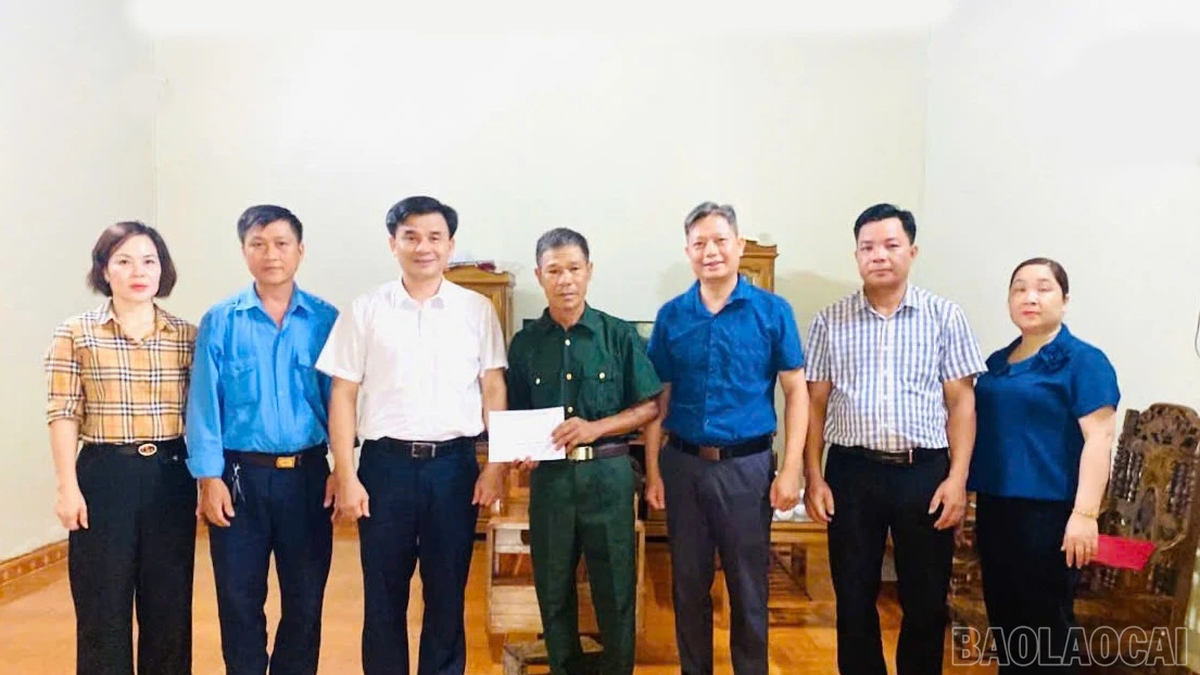
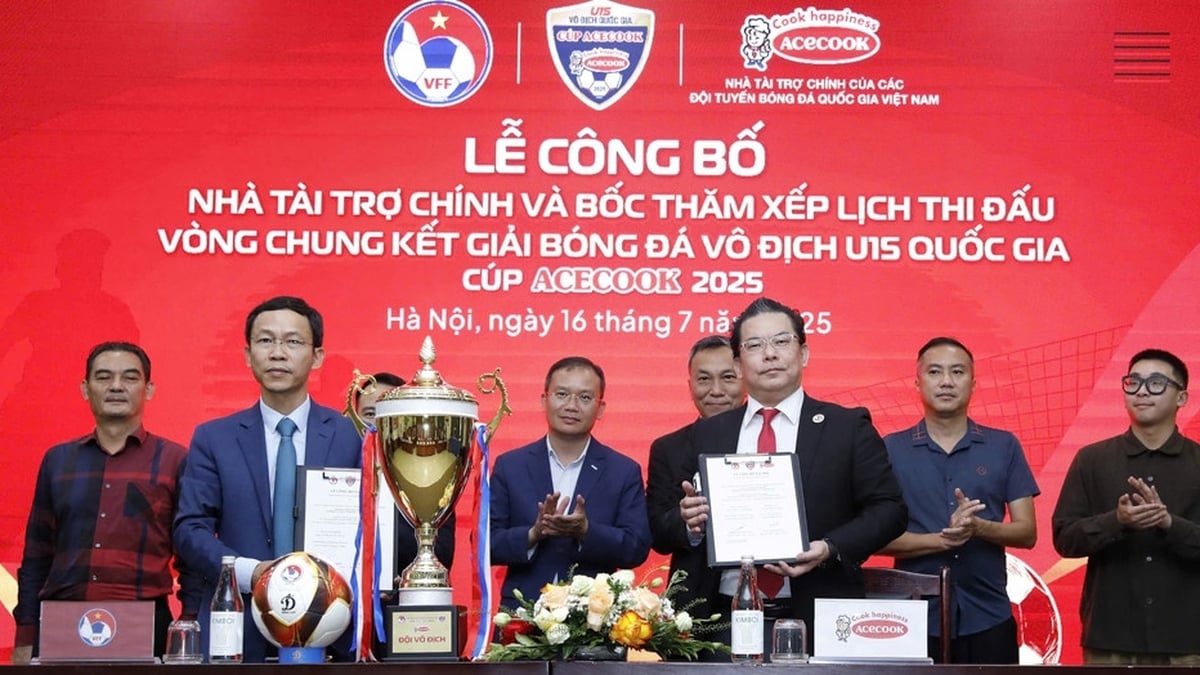
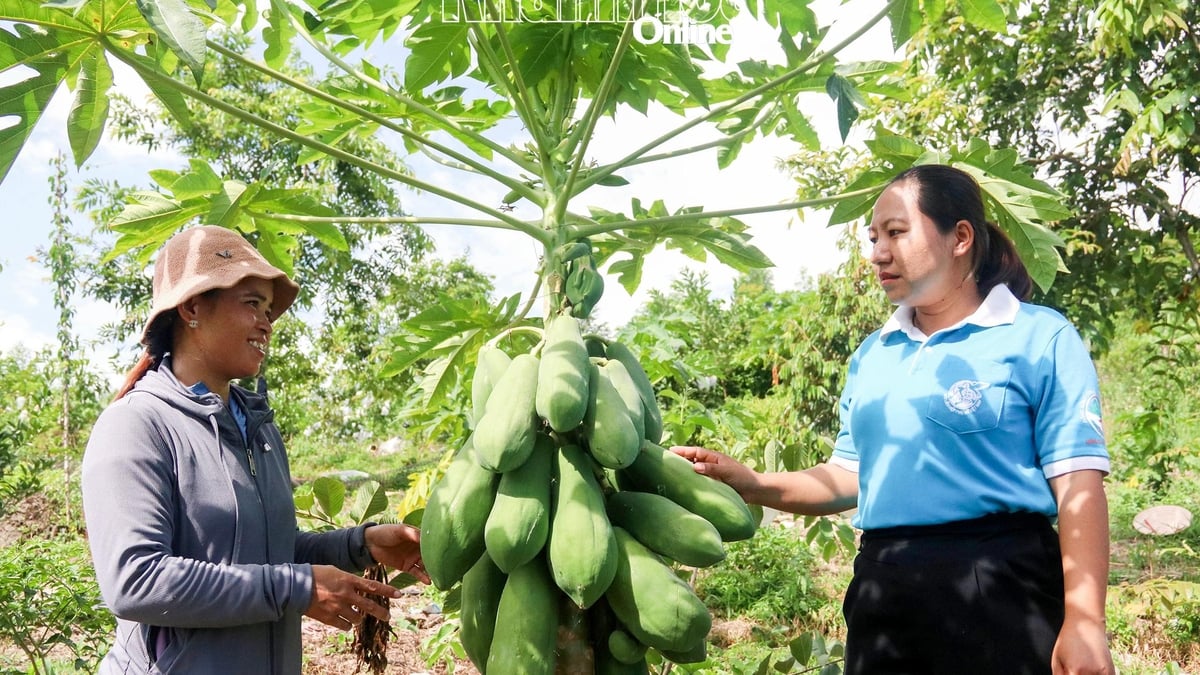

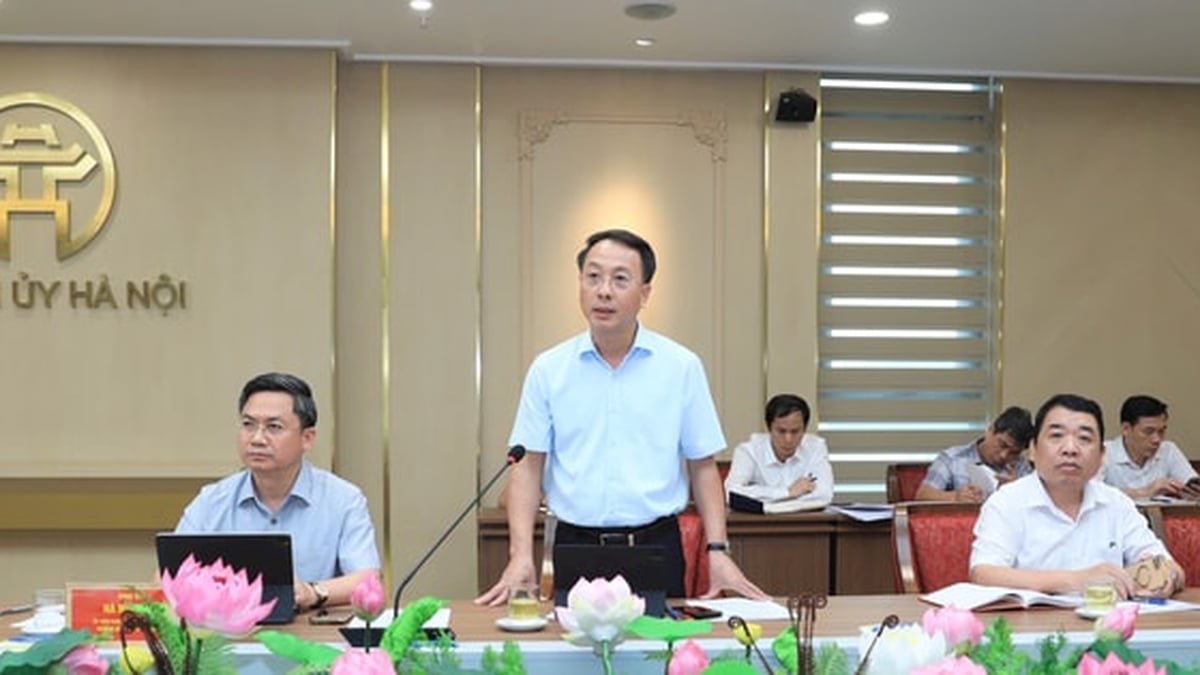

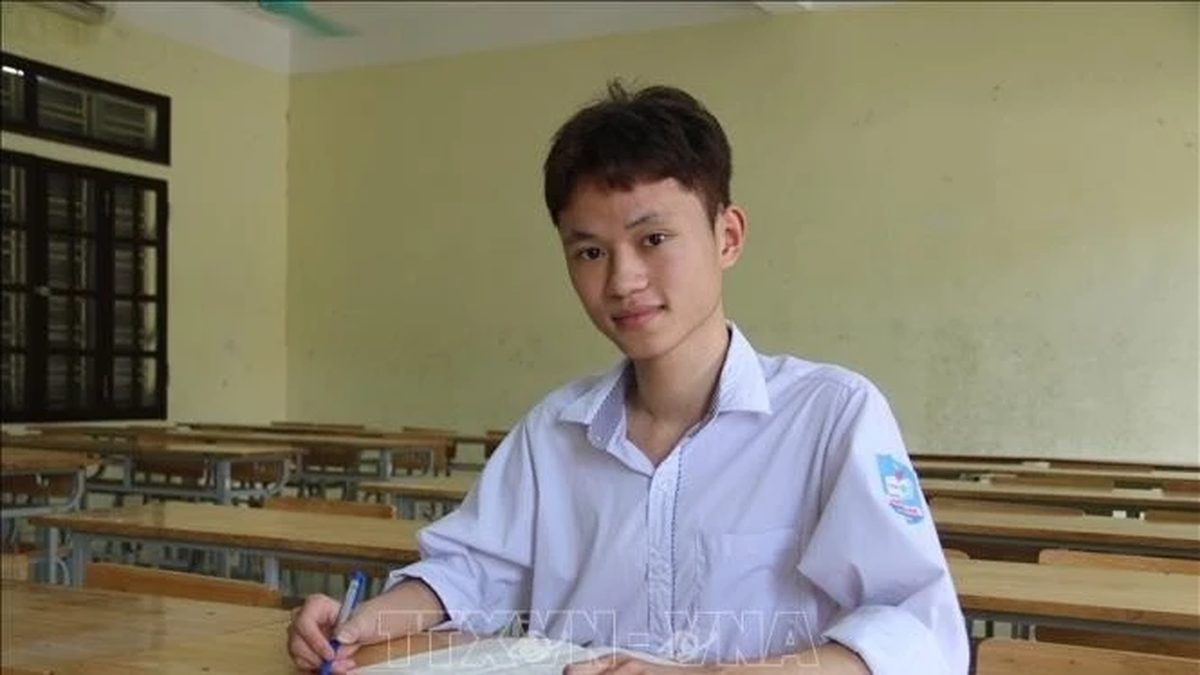
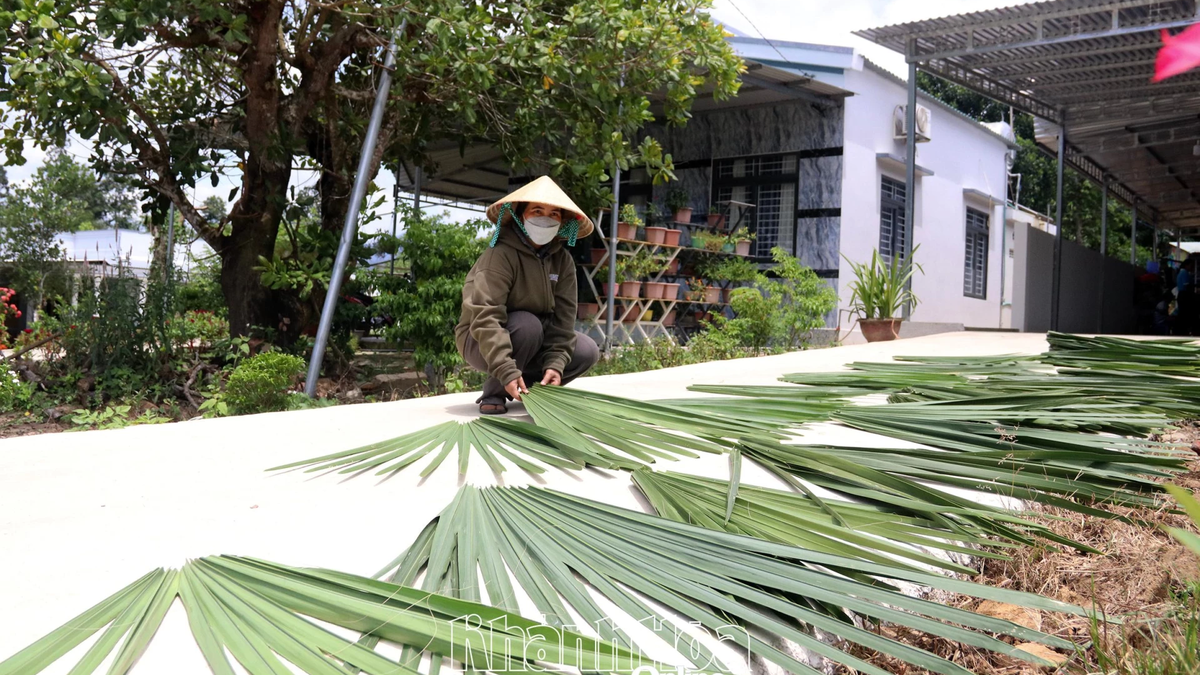









































![[Maritime News] More than 80% of global container shipping capacity is in the hands of MSC and major shipping alliances](https://vphoto.vietnam.vn/thumb/402x226/vietnam/resource/IMAGE/2025/7/16/6b4d586c984b4cbf8c5680352b9eaeb0)













































Comment (0)